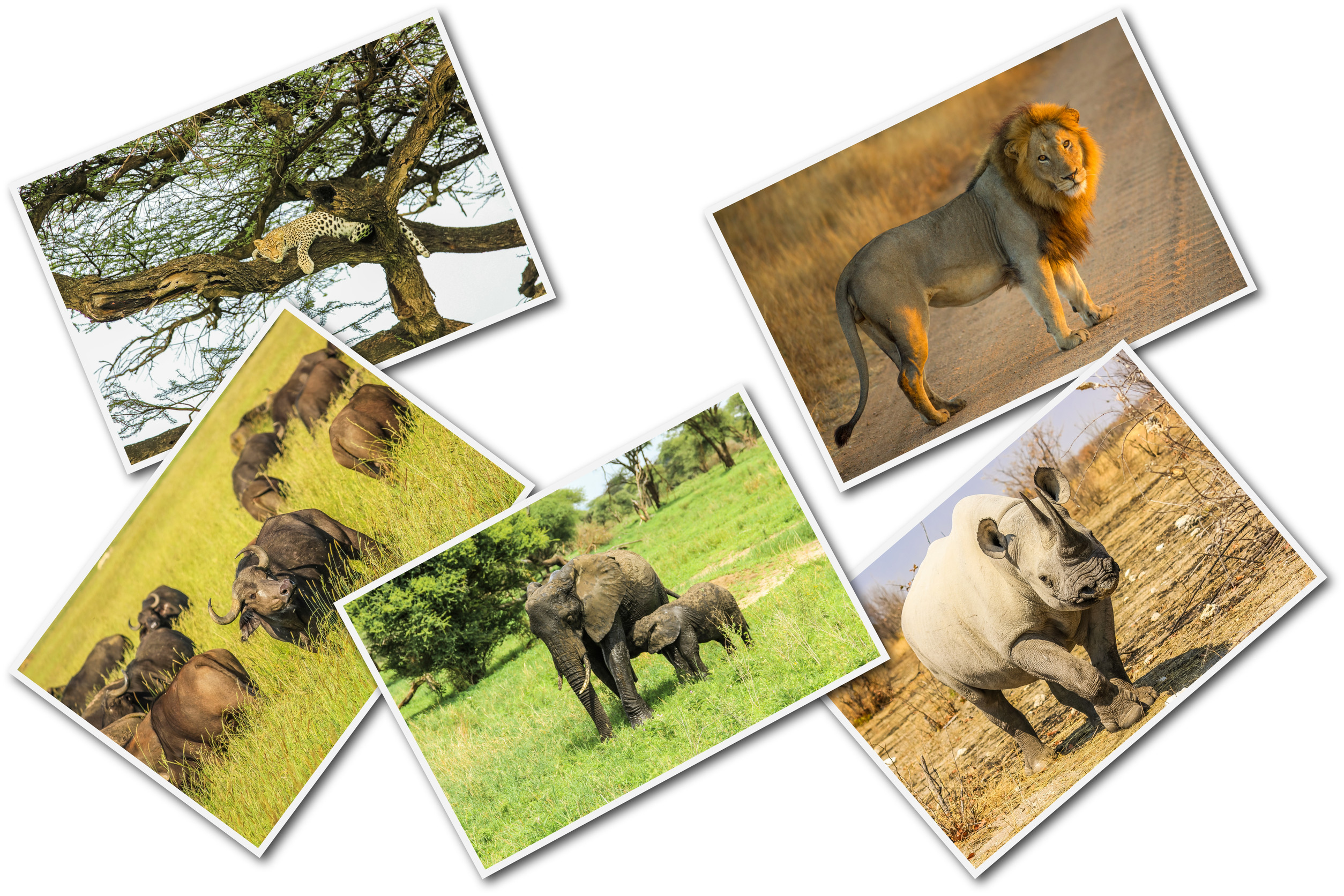
Tanzania has received international recognition for its excellent conservation efforts and is ranked among the top destinations to welcome the iconic "Big Five" animals: lions, leopards, elephants, buffalos, and rhinos. The country boasts some of the largest populations of these incredible animals, particularly lions, leopards, and buffalos, and ranks third globally for elephants. This success is attributed to Tanzania's robust conservation policies and collaborative efforts with local communities. Tanzania is a top global destination for spotting the Big 5 — lion, leopard, elephant, rhino, and buffalo — in iconic parks like the Serengeti. Ensure your Tanzania eVisa for smooth travel.
Impact of Conservation Efforts on Tourism
Conservation that has involved stakeholders and the locals has seen a boost in the number of animals as well as substantially boosted tourism and the economy. Tourism generates over 25% of the nation's foreign exchange, 17.1% of the nation's GDP, and around 1.6 million jobs. Tanzania hit an all-time record high of 5,360,247 visitors in 2024, which included 2,141,895 foreigners and 3,218,352 domestic travelers, generating $ billions in revenue. The President also played a key role in marketing Tanzania's tourism sector through such initiatives as Tanzania: The Royal Tour and Amazing Tanzania, which have generated increased international curiosity about the country's wildlife reserves and parks.
Commitment to Wildlife Protection
Anti-poaching operations, eco-friendly management of wildlife corridors, and communal engagement through Wildlife Management Areas (WMAs) continue to be among the most prioritized activities of the government towards long-term conservation. The Ministry of Natural Resources and Tourism focuses on making policy for tourism better, promoting investment, improving protected areas, and equipping wildlife rangers with necessary capabilities.
World Wildlife Day is a time to commemorate wildlife conservation and protection of the environment, urging the world to act against poaching and habitat destruction. The theme for this year, "Wildlife and Financial Investment: Invest in People and the Planet," emphasizes sustainable financing for wildlife conservation. Dodoma District Commissioner pointed out the importance of community participation in conservation. President Samia Suluhu Hassan has renewed this commitment by increasing budgetary provisions and enhancing conservation tools to boost Tanzania's position as a leading global wildlife destination.
What Are the Big 5?
The Big 5 originally referred to the most challenging animals to hunt on foot, but today, the term is synonymous with Africa’s most sought-after wildlife sightings. Each of these animals plays a crucial role in Tanzania’s ecosystem:
- Lion – The apex predator of the savanna, known for its power and social structure.
- Leopard – A stealthy and elusive big cat, often found resting in tree branches.
- Elephant – The largest land mammal, admired for its intelligence and family bonds.
- Rhinoceros – Critically endangered and highly protected, with sightings becoming rare.
- Buffalo – Tough and unpredictable, often seen in large herds.
Best Places to See the Big 5 in Tanzania
Tanzania is one of Africa’s top safari destinations, offering incredible opportunities to see the Big Five—lion, elephant, leopard, buffalo, and rhino—in their natural habitat. The country is home to world-famous national parks and reserves, where wildlife thrives in vast, unspoiled landscapes. From the Serengeti’s great plains to the Ngorongoro Crater’s dense population of animals, Tanzania provides unmatched safari experiences. Whether you're on a game drive, walking safari, or hot air balloon ride, these top destinations guarantee unforgettable wildlife encounters.
1. Serengeti National Park – The Ultimate Big 5 Safari Destination
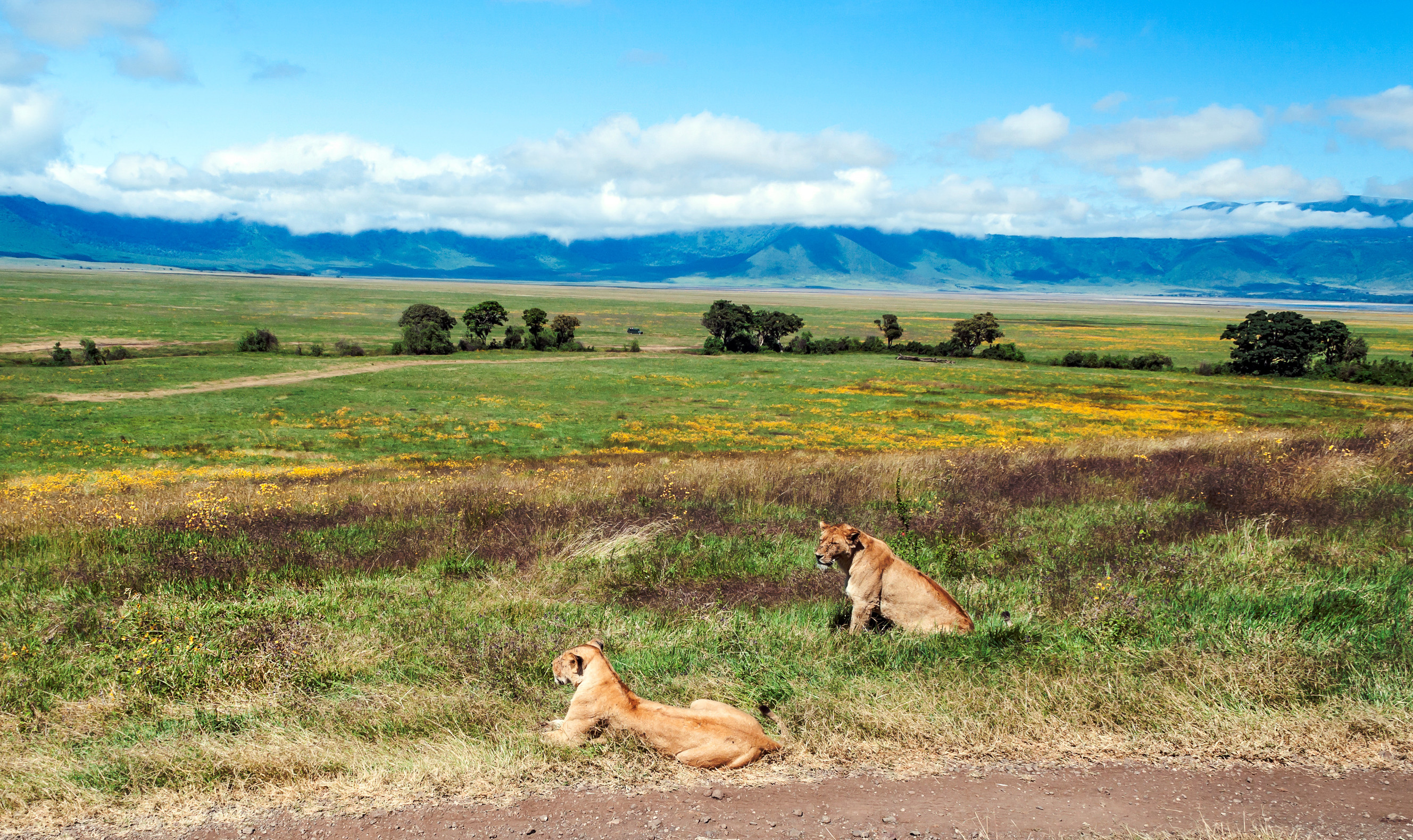
The Serengeti is Tanzania’s most famous national park and one of the best places in Africa to see the Big 5. Known for its vast plains and the Great Migration, it is home to thousands of lions, elusive leopards, large elephant herds, and plenty of buffalo. While black rhinos are rare in the Serengeti, they can sometimes be spotted in certain protected areas.
2. Ngorongoro Crater – The Most Reliable Big 5 Spotting
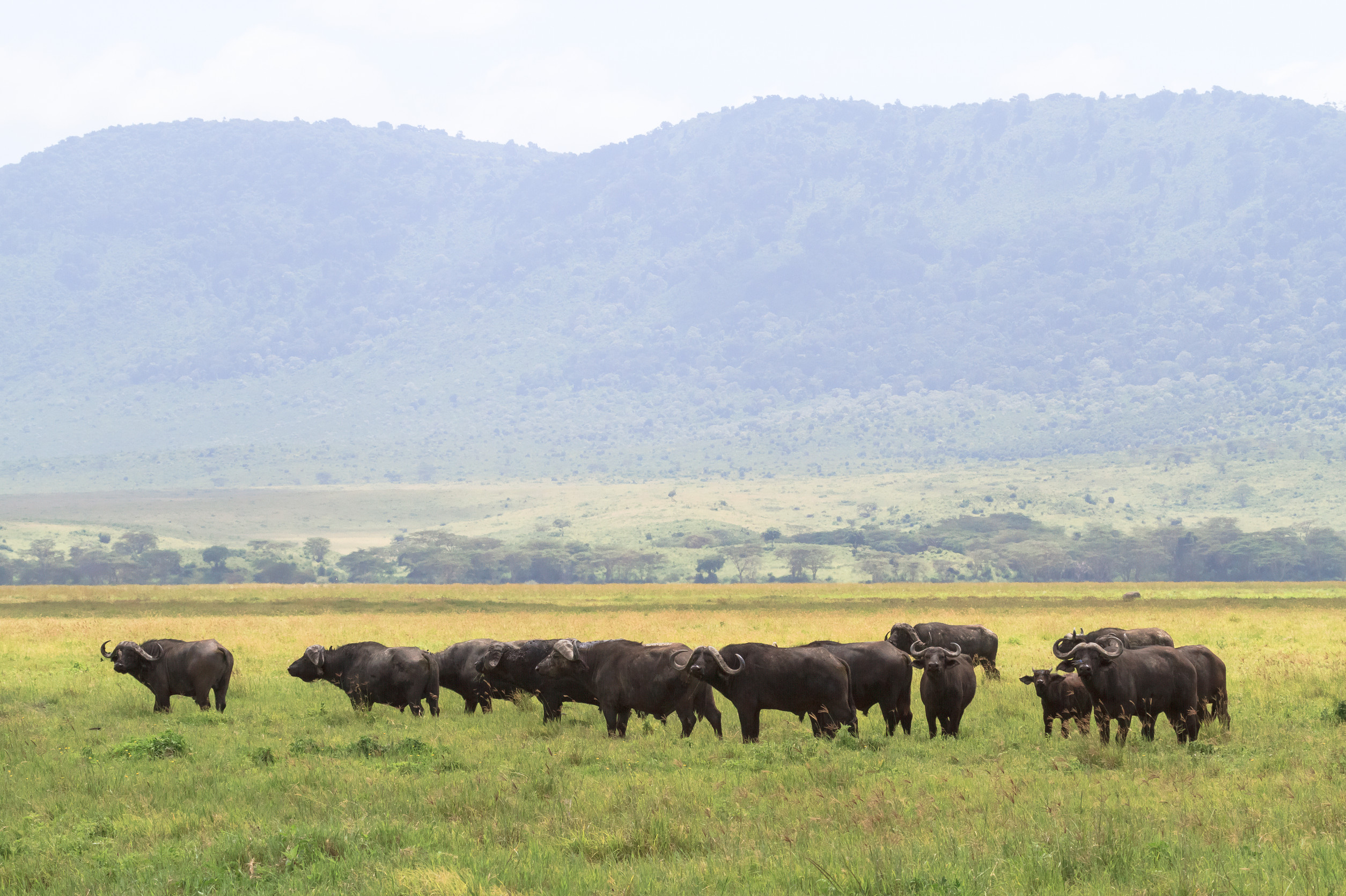
A UNESCO World Heritage Site, Ngorongoro Crater offers one of the highest chances of seeing all five species in a single game drive. The crater’s unique geography creates a natural enclosure where wildlife thrives, including the endangered black rhino. This makes it one of the best places in Africa for a quick but rewarding safari.
3. Tarangire National Park – Best for Elephant Sightings
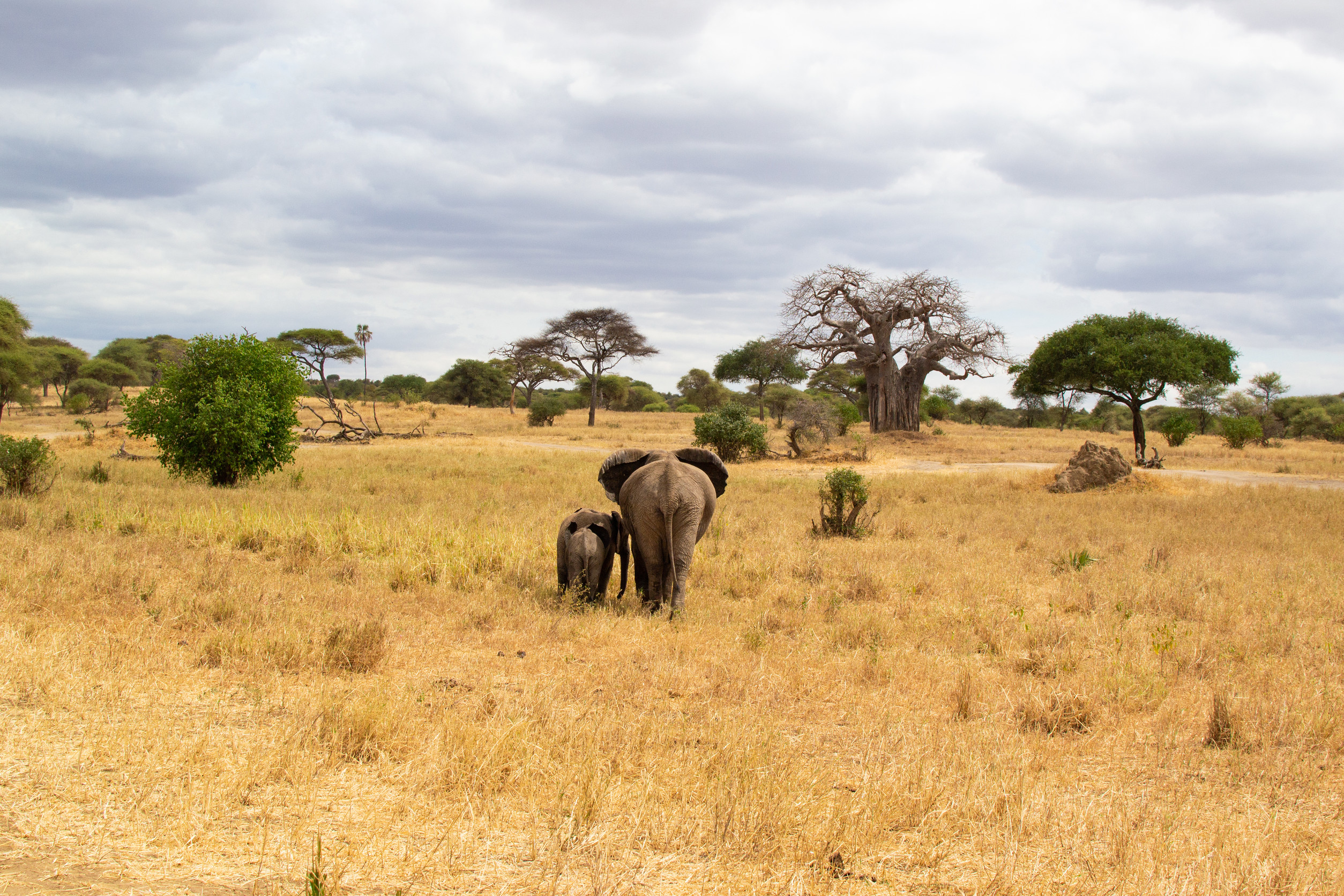
While Tarangire is not as well-known as the Serengeti, it boasts some of Africa’s largest elephant herds. It also has lions, leopards, and buffalo, though rhino sightings are extremely rare. The park’s stunning baobab trees and diverse landscapes make it a must-visit for wildlife lovers.
4. Ruaha National Park – Tanzania’s Hidden Safari Gem
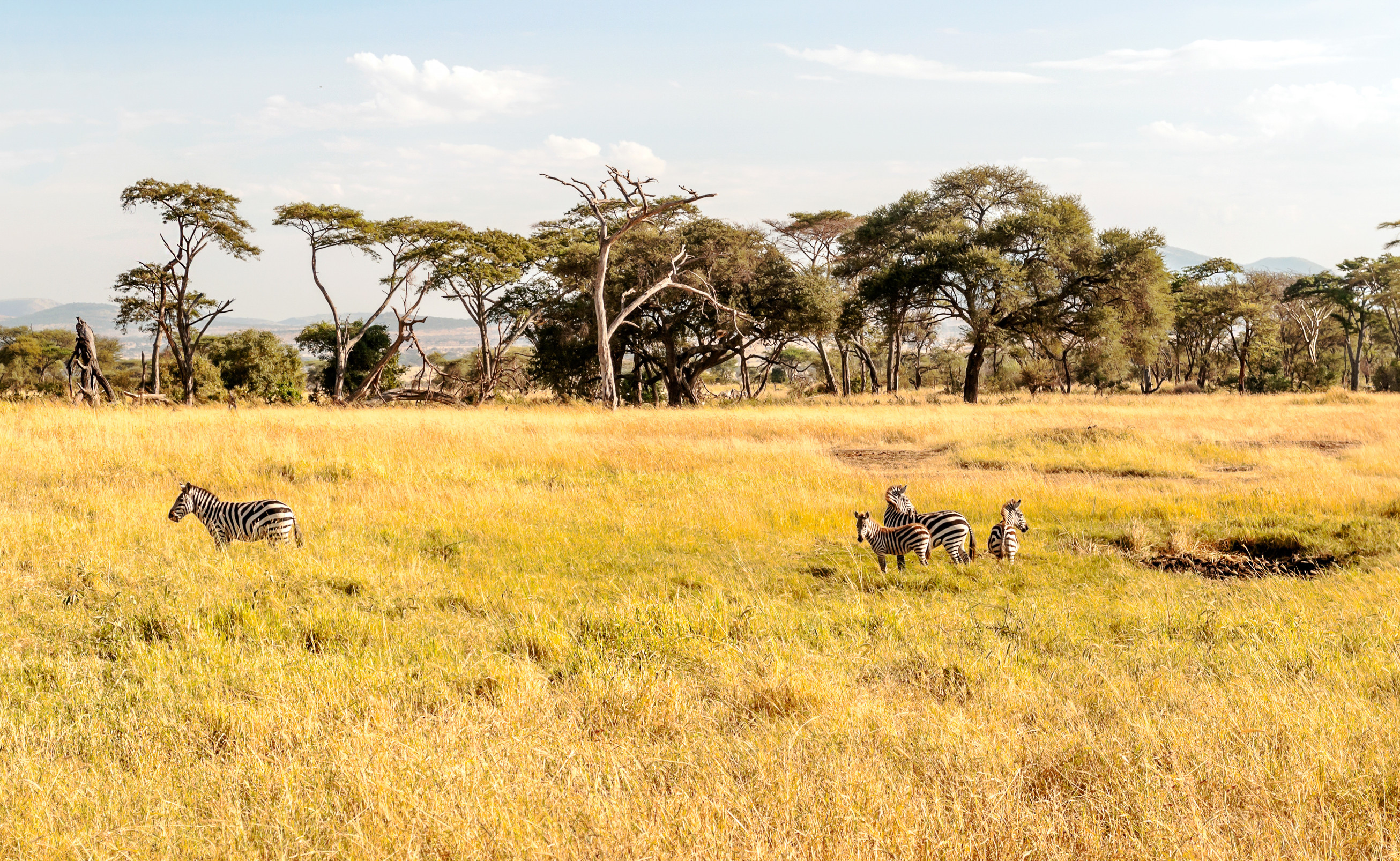
Ruaha is Tanzania’s largest national park, offering a remote and uncrowded safari experience. It has a thriving lion population, leopards, and large buffalo herds. Elephants are commonly seen, but rhinos are absent due to historical poaching.
5. Selous Game Reserve (Now Nyerere National Park) – A Wild & Authentic Safari
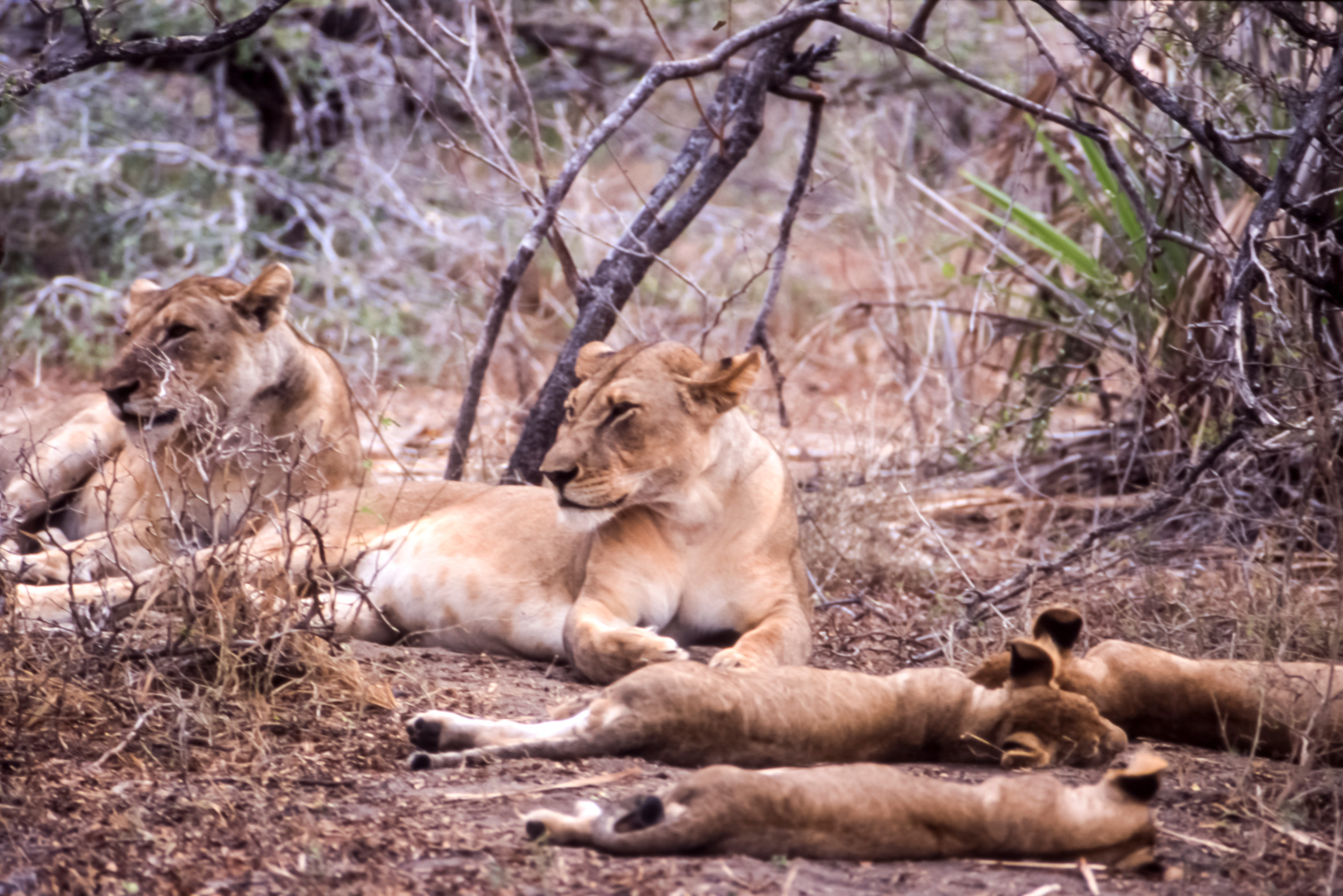
This vast reserve is home to all members of the Big 5, though rhino sightings are incredibly rare. It is one of the best places to see large elephant and buffalo populations, as well as lions and leopards in their natural habitats. The park also offers boat safaris along the Rufiji River, adding a unique dimension to wildlife viewing.
Why Tanzania is the Best for Big 5 Safaris
Tanzania is one of the top safari destinations in Africa, offering some of the best opportunities to see the Big Five—lion, leopard, elephant, buffalo, and rhino—in their natural habitat. Several factors make Tanzania the ultimate safari destination:
- Abundance of Wildlife
Tanzania is home to an estimated 30% of Africa’s lion population and some of the largest elephant herds on the continent. Its protected areas, including world-famous national parks and reserves, are teeming with wildlife, making it one of the best places to spot the Big 5
- Iconic National Parks and Reserves
Tanzania boasts some of the most renowned wildlife destinations in the world, each offering unique opportunities to see the Big 5
- Conservation Success Stories
Tanzania has made significant strides in wildlife conservation, particularly for the Big 5. Efforts to combat poaching, protect habitats, and promote sustainable tourism have helped stabilize and even increase populations of these iconic animals. For example:
- The Ngorongoro Crater is one of the few places in East Africa where black rhinos can still be seen in the wild.
- Serengeti National Park is a UNESCO World Heritage Site and a model for successful wildlife conservation
- Diverse Ecosystems
Tanzania’s diverse landscapes—from savannas and woodlands to mountains and wetlands—provide ideal habitats for the Big 5. This diversity ensures that visitors can enjoy a variety of safari experiences, from game drives to walking safaris.
- Year-Round Wildlife Viewing
Unlike some destinations where wildlife viewing is seasonal, Tanzania offers year-round opportunities to see the Big 5. The dry season (June to October) is particularly popular, as animals gather around water sources, making them easier to spot.
Best Time to Visit for Big 5 Safaris
The best time to see the Big Five in Tanzania depends on the season, as wildlife movement and visibility vary throughout the year. Here’s a breakdown of what to expect during different times of the year:
- June – October (Peak Dry Season): This is the best time for wildlife viewing, as animals gather near water sources due to the lack of rain. The dry season also offers clear skies, fewer mosquitoes, and excellent conditions for safaris in Serengeti National Park, Ngorongoro Crater, Tarangire, and Ruaha. However, it is also the busiest time, so booking accommodations and safaris in advance is recommended.
- January – March (Calving Season): During this period, the Serengeti comes alive with thousands of wildebeest, zebras, and antelopes giving birth. This attracts predators such as lions, cheetahs, and hyenas, making it one of the best times for witnessing dramatic predator-prey interactions. The weather is warm, and the landscape is still green from the short rains.
- April – May (Green Season): Also known as the long rainy season, this time of year offers lush, vibrant landscapes, fewer tourists, and lower safari prices. While wildlife is still abundant, some roads may become muddy and challenging to navigate. However, this is an excellent time for photographers who want to capture Tanzania’s beautiful scenery with fewer vehicles around.
Overall, June to October is ideal for general wildlife viewing, while January to March is best for seeing newborn animals and predator action. April to May is a great choice for those seeking a more tranquil safari experience with stunning green landscapes.